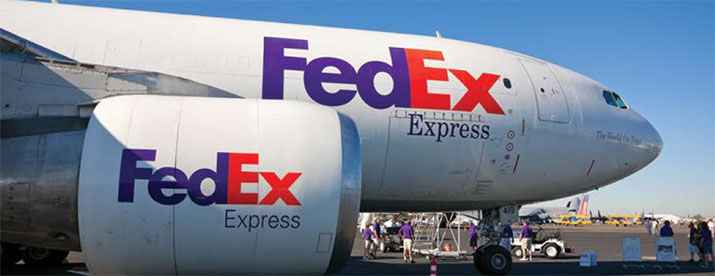
Cargo Security Meets Logistics
Commercial air freight shares common infrastructure access with aircraft security
- By Manish Dalal
- Jun 01, 2014
 Globally, air cargo security costs are estimated to be $8.5 billion
annually as the focus on physical security best practices has increased
dramatically since 9/11. In fact, in 2006, the vulnerability
of air cargo security was exposed when a terrorist plot was foiled
in Yemen.
Globally, air cargo security costs are estimated to be $8.5 billion
annually as the focus on physical security best practices has increased
dramatically since 9/11. In fact, in 2006, the vulnerability
of air cargo security was exposed when a terrorist plot was foiled
in Yemen.
The expectations of and liabilities on commercial air carriers to provide adequate
freight handling and security via access control processes and system solutions are
foundational to good air cargo security programs; but, aging, sub-standard, legacy
physical security access control systems remain a challenge to carriers as they migrate
to higher security expectations.
Blending Operations
Typically, commercial air freight operations are physically separated from passenger
terminal facilities, yet both share common infrastructure access for aircraft
operations. The physical access to secure areas of an airport requires personnel in
those areas to be authorized and cleared with access control processes.
Many cargo handling companies have antiquated or marginally functional access
control systems in place. The expense of upgrading access control security
and the disruption of operations is a major challenge for these companies. Time
is money in the shipping business and delays can be costly, so finding reliable,
cost-effective and operational-friendly security solutions to migrate toward is a
top priority. Most of the conventional access control systems do not provide the
flexibility and features that are required by today’s customers.
In high traffic areas, like cargo handling operations, higher throughput for the
doors is a necessity. The increased scrutiny of the integrity, documentation and security
of the entire supply chain requires cargo handling companies to take action.
A Challenging Cargo Operation Solution
In the Miami, Fla. area, ZKAccess C-Series provided an IP-based card credential
access control system that was the perfect solution for improving security at one
of the busiest and most challenging cargo operations in the United States. The C
series offers 1, 2 and 4 door control panels that can leverage legacy door hardware
and wiring for a cost-effective, upgraded access control solution. These panels
are simple to install for both new and experienced technicians, yet provide a wide
range of features, capabilities and fault tolerant operations.
It has an onboard Ethernet port and a fast processor to ensure that high throughput
at the doors is achieved. The panels have auxiliary input and output that makes
the connection of peripherals, such as smoke detectors and fire alarms, very easy.
The software that manages the system is powerful, intuitive and has a short
learning curve for customers and technicians alike. The software has many enterprise
level features like anti-passback, two man door rule, e-map capabilities,
video linkage, email alerting and duress password options. This product solution
can leverage the existing investment in standard Wiegand access control cards issued
to current employees, reducing the cost, time and disruption to operations to
reissue card credentials.
Since ZKTeco’s products support a wide range of bit formats for HID cards
out-of-the-box, the upgrade process is very smooth. The software has browser/
server architecture, which eliminates the need to install the client on multiple computers
on the network.
In an attempt to protect some high security areas, the airport is planning to
add readers with biometric capabilities that will seamlessly interface with the existing
C series panels. They also are planning to add video cameras
overlooking the doors so that every time there is activity, a snapshot
of the person entering the door is recorded along with the
access control transaction.
This article originally appeared in the June 2014 issue of Security Today.
About the Author
Manish Dalal is COO/Product Manager at ZKAccess.